【Overseas】Capacity Utilization of South Korea's Three Major Lithium Battery Manufacturers ...

The rapid growth of the EV and energy storage industries is boosting demand for high-performance lithium batteries, driving the market for quality petroleum coke and synthetic graphite. The quality and particle size of calcined petroleum coke directly affect synthetic graphite performance, especially in anode production.
【Overseas】Capacity Utilization of South Korea's Three Major Lithium Battery Manufacturers Only Around 50% in the First Half of 2025
According to foreign media reports, due to the large-scale expansion of Chinese companies in the global electric vehicle market, the capacity utilization rate of South Korea's three major battery manufacturers—LG Energy Solution, SK On, and Samsung SDI—remained at only around 50% in the first half of 2025.
According to the semi-annual report released by LG Energy Solution on August 14, in the first half of this year, the company's global factories recorded an average capacity utilization rate of 51.3%, with product output value of about 10 trillion won (approximately USD 7.2 billion). Reportedly, its average capacity utilization rate has been on a continuous decline: 69.3% for the full year of 2023, dropping to 57.8% in 2024.
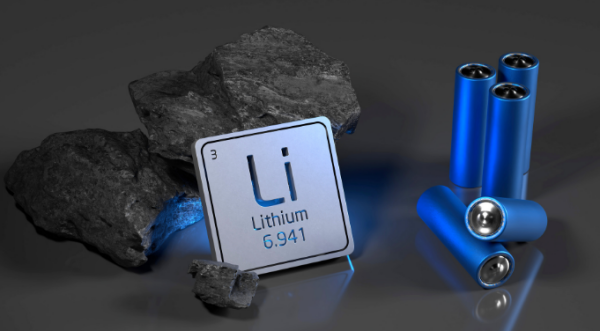
Meanwhile, SK On's capacity utilization rate in the first half of this year was 52.2%. Although it rebounded compared to 43.6% in 2024, it was still far below the 87.7% level in 2023. As Hyundai Motor ramped up production in the United States in the first half of 2025, SK On's U.S. factory supplying batteries to Hyundai has been operating close to full capacity.
Although Samsung SDI has not disclosed the capacity utilization rate of its mainstream electric vehicle battery business, it revealed that its small battery division had a utilization rate of 44%. However, industry estimates suggest the company's overall utilization rate was around 50%.
It is reported that in the first quarter of this year, Samsung SDI's European plant had a capacity utilization rate of only 30% to 40%, which gradually recovered in the second quarter. At the same time, its U.S. plant under the 50-50 joint venture with Stellantis was also estimated to have operated at less than 60% capacity utilization in the first half.
Behind the sluggish capacity utilization of South Korean battery companies is the rapid rise of Chinese companies in the global electric vehicle sector. According to SNE Research, in the first half of 2025, although EV battery installations outside of China increased by 23.8% year-on-year to 209.2 GWh, the combined market share of the three South Korean battery manufacturers dropped by 8.1 percentage points year-on-year to 37.5%.

In the top 10 list of EV battery installations outside China for the first half of this year, LG Energy Solution and SK On both achieved growth in installed battery capacity, up 2.2% and 10.6% year-on-year respectively, reaching 43 GWh and 19.6 GWh, ranking second and third in the market; Samsung SDI, however, saw a 7.8% year-on-year decline in installed capacity, ranking fifth.
In contrast, the growth rate of Chinese battery manufacturers far outpaced that of their South Korean counterparts. In the first half of this year, five Chinese EV battery manufacturers entered the top 10 list of EV battery installations outside China. Among them, CATL (Contemporary Amperex Technology Co. Limited), ranked first globally, and BYD, ranked sixth, saw their installed capacities increase by 33.2% and 153% year-on-year, respectively. The other three Chinese companies on the list also recorded year-on-year growth rates exceeding 30%.
To cope with these challenges, South Korean companies are ramping up R&D investment. In the first half of 2025, Samsung SDI led with R&D spending of 704 billion won, accounting for 11.1% of its total sales, a significant increase from 7.8% in the same period last year. LG Energy Solution invested 620 billion won in R&D, accounting for 5.2% of its sales, higher than 4.2% in 2024. SK On's R&D spending during the same period was about 148 billion won, accounting for 0.52% of its sales.
Feel free to contact us anytime for more information about the Anode Material market. Our team is dedicated to providing you with in-depth insights and customized assistance based on your needs. Whether you have questions about product specifications, market trends, or pricing, we are here to help.
No related results found
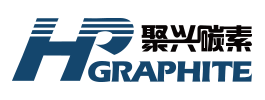
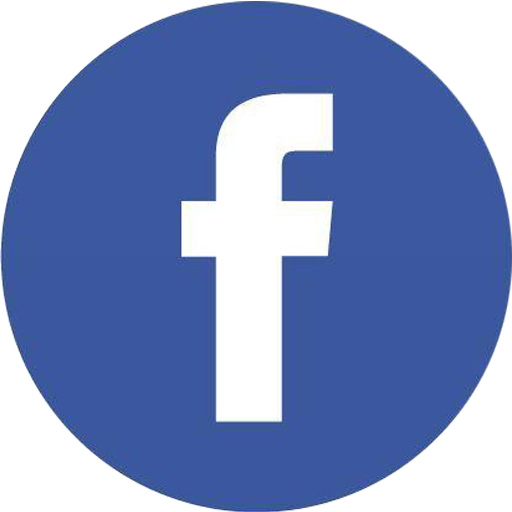

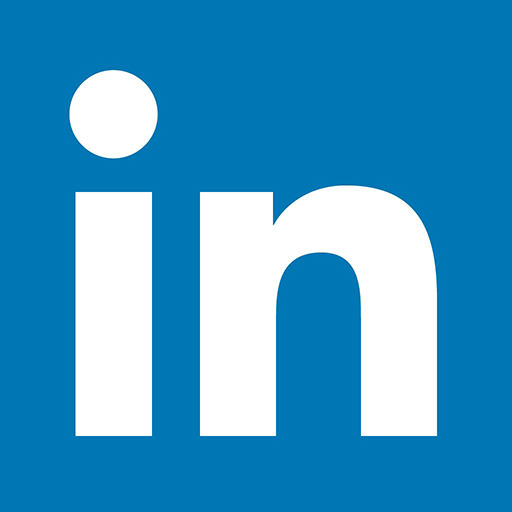

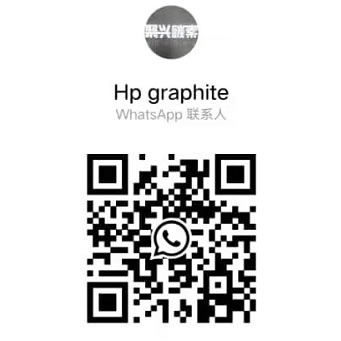


0 Replies